Faru Team Burra Update: 01 March 2009
Participants:
Henry Lekochere – team leader Peter Wambua Ezra Mbuthia Kennedy Mungai Samuel Masaku Rajab Fundi Two KWS Rangers
Area of operation:
During the month of March, the Burra team covered the following areas: Kasaala, Mukuanima, the powerline, Chema Nyenze, Gazi towards the Athi River, and along the Athi River.
294 SNARES RECOVERED 3 ARRESTS
The team had the opportunity to camp in Ithumba (Part of Tsavo East National Park, Northern area). The operation in this area went very well. The Burra team wishes to thank The Ithumba company commander Mr. Tanui for his good coordination of duties and the allocation of two rangers for to us.
What’s known as the Northern area, is part of Tsavo east National Park, and is found North of Athi River and the Yatta plateau. The area is bushy and dominated mainly by Acacia-commiphora vegetation and the conspicuous ever green Boscia coriceae. There are also scattered tall trees all over the area. The vegetation looks undisturbed. The area is supplied with water from two big seasonal rivers the Athi River and the Tiva River both of which are where animals go to drink water.
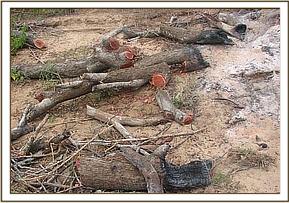
FINDINGS During the months operations the team lifted a total of 294 snares, 259 of which targeted small game and balance targeting medium sized game. A bushbuck, a Dikdik and a baboon were found dead in snares. The team was able to arrest two poachers and one herdsman at Mukuanima and the Athi area respectively. The poachers were booked at Muthomo police station where they are awaiting sentencing.
Observable evidence:
Most of the areas patrolled during the month recorded an increase in poaching which is due to the ongoing drought being experienced all over the country. The people have therefore become more desperate and are turning to poaching to supplement their food and income.
Power line and Chema Nyenze, The team was able to lift 5 snares targeting small game during our patrols in these areas. No dead carcasses were found.
Kasaala Our patrols in the Kasaala area were concentrated along the fenceline boundary. The team visited all the major hotspots in the area. No freshly laid snares were found, but we did lift five old and inactive snares. During this time of year most of the poachers are preparing the honey season and thus any footprints seen mostly be from honey hunters.
Mukuanima For a period of two days we patrolled this area along the fenceline toward the Athi River. Both snaring and illegal livestock grazing were seen to be taking place. The team was able to arrest one herdsman and lift 94 snares, all of which targeted small game.
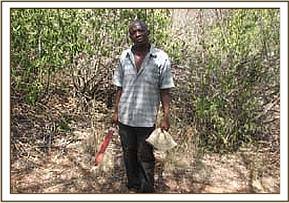
Gazi towards Athi River We patrolled this area and collected 53 snares, one targeting large game, 14 targeting medium sized game and 38 targeting small game.


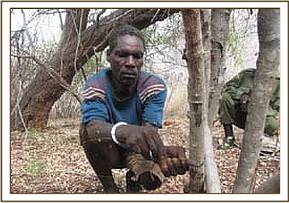
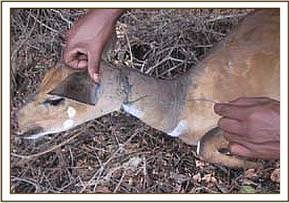


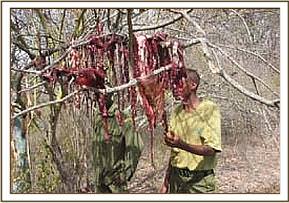

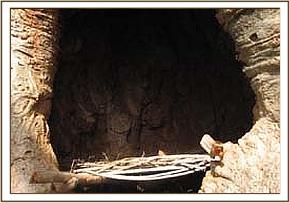
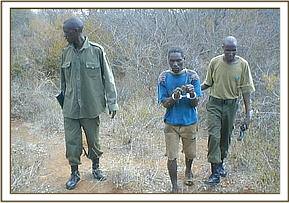

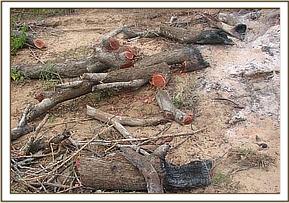



Community outreach The team organized three ecological field trips into Tsavo East National Park.
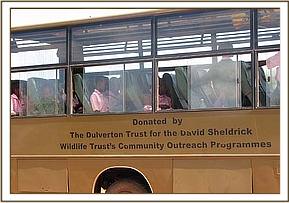
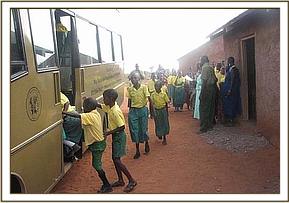




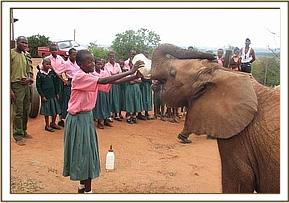
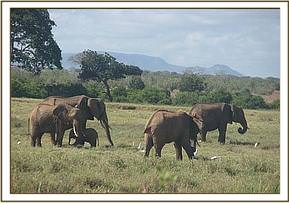
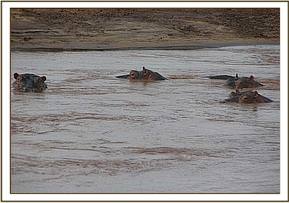


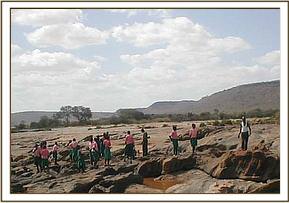
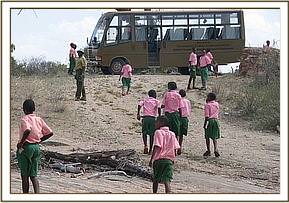
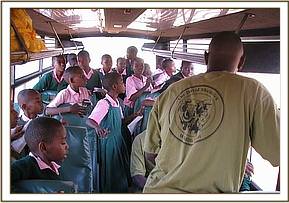
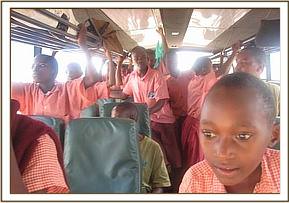
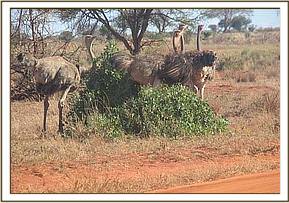
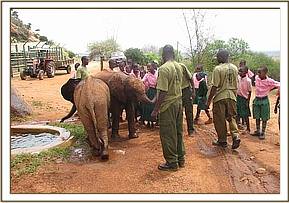
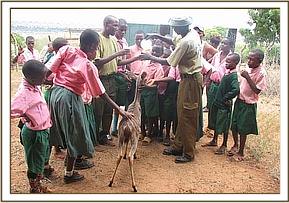




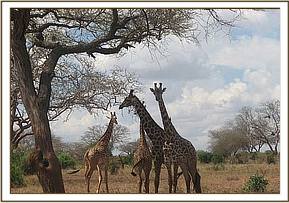

Report by Henry Lekochere